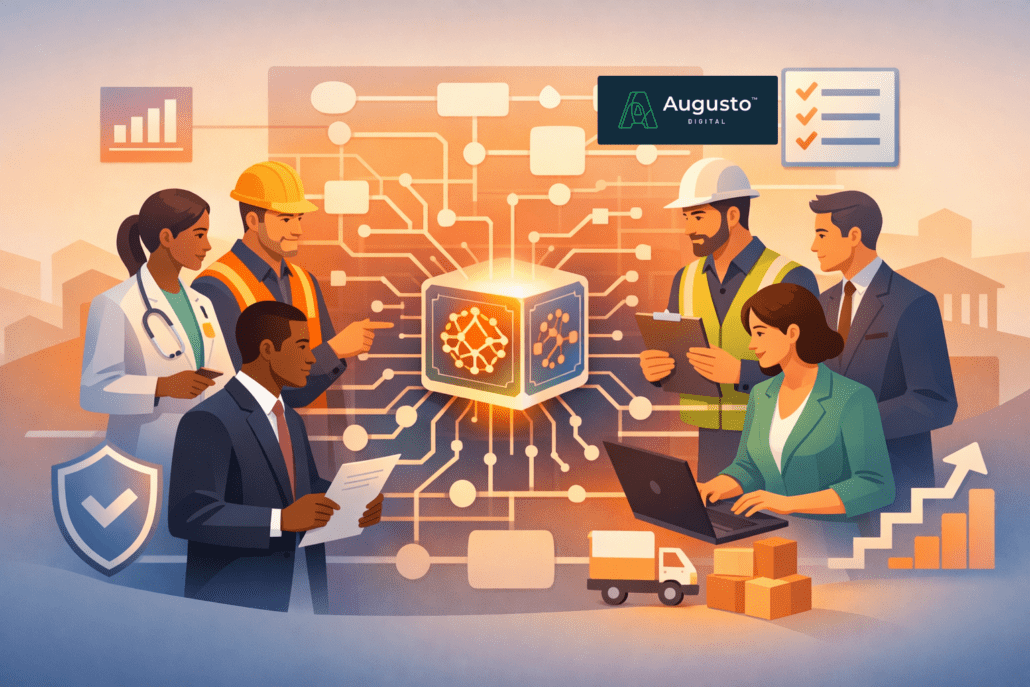Imagine you are appointed the responsibility of building software. Where do you begin? How would you allocate your team’s time and budget? Do you have enough resources and the right talent?
It’s a challenging assignment, and one you want to get right. I’ve learned that many managers phrase their request along these lines:
“I want to accomplish X. How much will that cost and how long will it take?”
Essentially, they’re asking about budget and scope. However, budget and scope for software products are highly variable. While it’s an appropriate question for a supervisor to ask, I’ve learned that answering it directly as its presented is not the wisest thing to do. Budget and scope are incredibly complex, and the approach to how you actually invest in software development should be much more phased.
Fortunately, I learned this lesson the hard way early in my career.
For example, I was once asked to produce a multi-app B2B and IoT platform and, following the precedent of my company, went to my vendor partner and asked: “How much will this cost and how long will it take?” Over several discovery sessions, the vendor and I discussed desired features and capabilities to form the basis of our scope. They provided me with the cost and length of the project, which I then reported to my supervisor.
At that point, I had committed myself to being held accountable to that specific budget and scope. As you can imagine, we quickly realized just how complex the product would be. Three-quarters of the way through our set budget and time, we were nowhere near the end of the project. Eventually, we delivered the software – far over budget. Worst of all, it didn’t accomplish the key items we needed it to do well. At that point, I realized there had to be a better way to build software.
I wanted stronger consulting and leadership from future vendors—someone to tell us from the very beginning a better way to invest. Someone to save us from the question “How much will that cost and how long will it take?” This lightbulb moment contributed to the creation of Augusto, alongside my partners Jim Becher and Joel Ross. At Augusto, we coach clients to remain agile and invest smarter.
Our core piece of advice comes down to this: Until you build tangible software and release it to the marketplace for validation, invest the smallest amount possible.
Following minimally viable product (MVP) best practices, don’t try to build the entire product at once. Simply identify the one or two most important features that create immediate value for your audiences. By making the smallest investment possible, you’ll deliver immediate value.
Value builds trust, which leads to longer runways for the remainder of the product life cycle.
Throughout my new blog series, I’ll dive deeper into three critical components that contribute to what we call “the real software investment.”
The Real Software Investment
1. Compose a team that can scale as your product grows
2. Prepare key business processes for continued work after your initial product launch
3. Reinvigorate your team culture by removing the pressure of fixed budget and scope
Our goal is to adjust your mindset regarding investing in software, so that you always build the right software for your audiences.
We start our engagements with an intro call. Schedule one today to learn more about how our approach may apply to your business goals.
Let's work together.
Partner with Augusto to streamline your digital operations, improve scalability, and enhance user experience. Whether you're facing infrastructure challenges or looking to elevate your digital strategy, our team is ready to help.
Schedule a Consult

